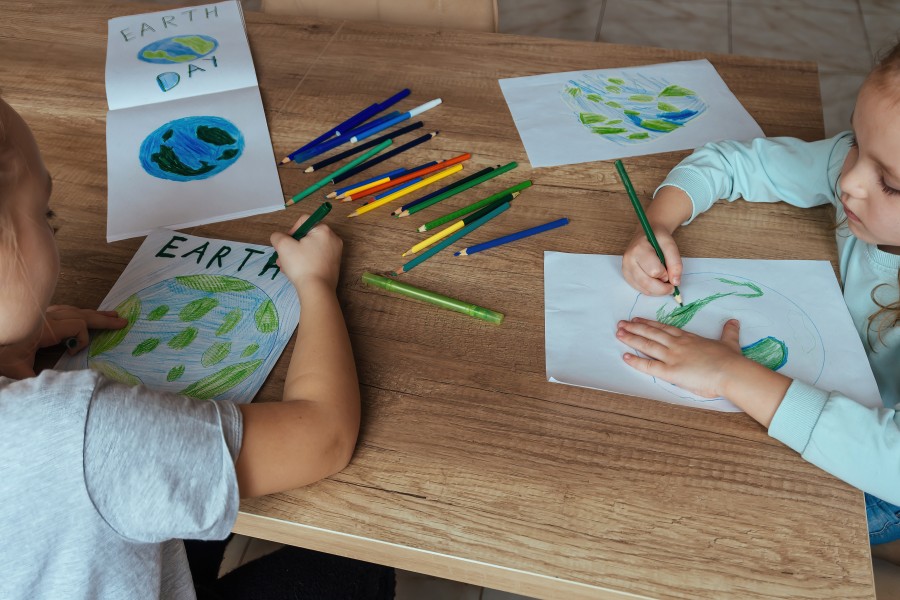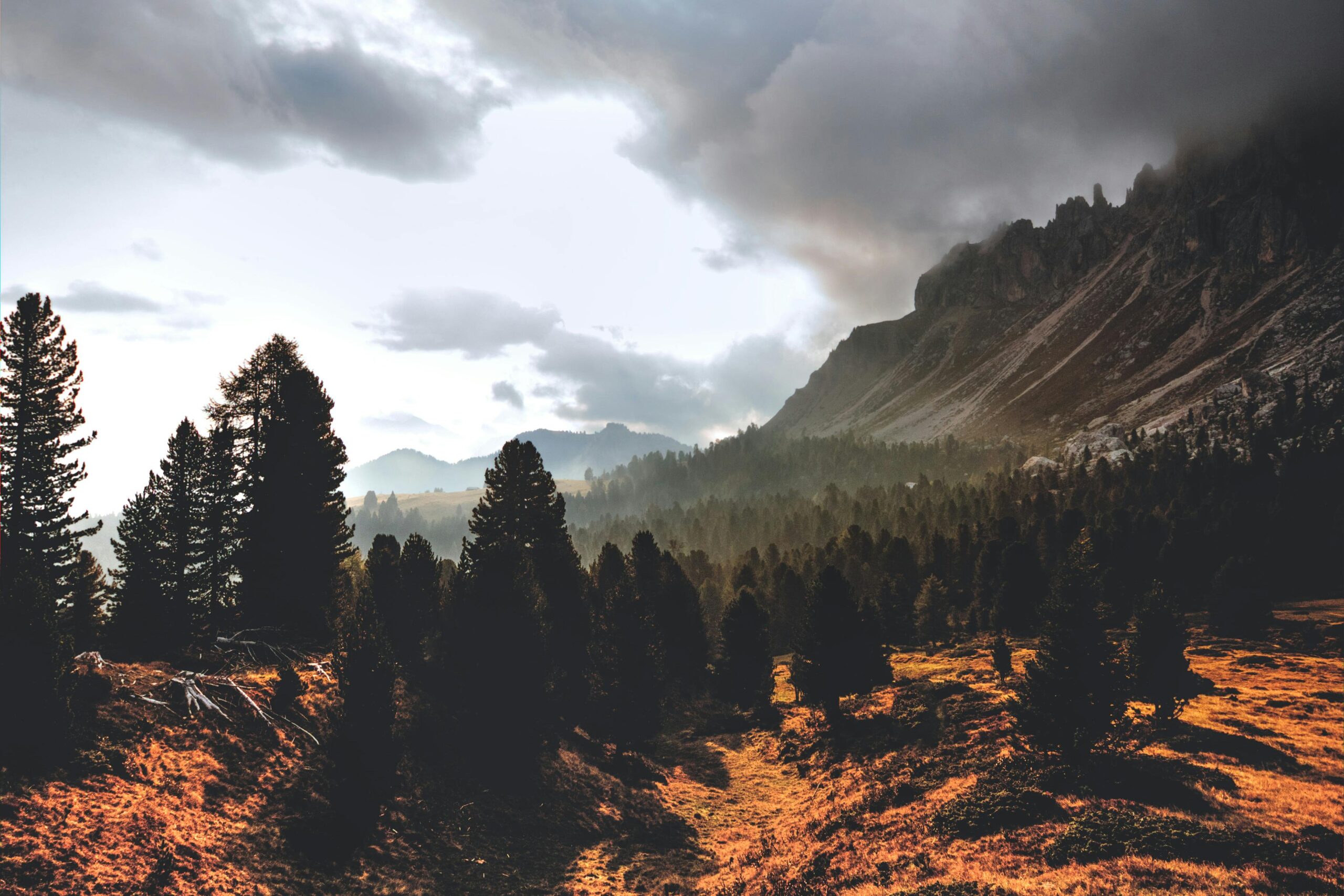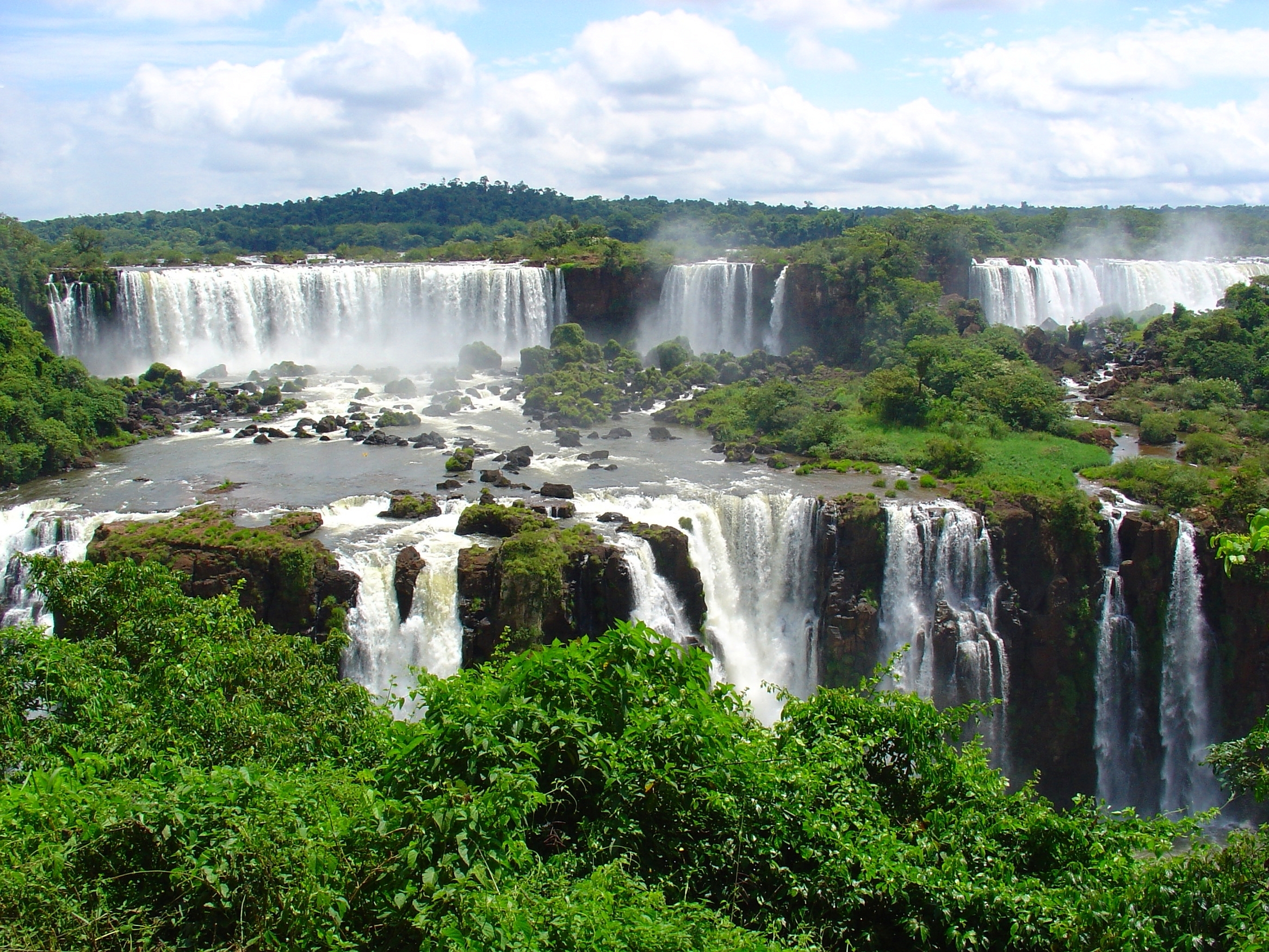60 years and counting: The climate drumbeat goes on

My first awareness of our changing climate dates back to Ms. Norton’s class at Mathews Elementary in Austin, Texas. I was in 3rd grade and it was a roller coaster year, as I recall. It was the year that the Challenger Shuttle exploded in front of our eyes, on live TV. Our teachers had been silent and emotional that day. So were we.
A few months later, on April 22, the vibe was more joyous. Earth Day involved tree planting and felt very Kum Ba Yah. I remember green posters in the hallways, construction paper cut-outs of children holding hands circling the round orb of planet Earth.
Perhaps the Earth-y joy was warranted back then. We were winning a major behavior change campaign around the elimination of CFCs—chlorofluorocarbons. To cut down on CFCs, my dad needed to stop using spray-on deodorant, and my mom needed to find another hairspray delivery mechanism. Doing this— and removing CFCs from refrigerators, freezers and air conditioning systems — would stop the degradation of the ozone layer.
Saving the planet in the 80s seemed pretty easy. Simple consumer choices helped us change course. By 1987, when I was in Ms. Primmer’s 4th grade class, the Montreal Protocol, a global agreement to protect the ozone layer by phasing out ozone-depleting substances, had been agreed to. Big hair had had its heyday and the ozone began to repair itself.
Climate awakening moments
April 22, 1986 was the first day I remember being aware of the environment and the need to protect it. Perhaps you had your own climate awakening moment?
A nature walk. A beach clean-up. A documentary. A trip to a faraway place.
Whatever it was that brought your awareness to our environment, I’ve no doubt you felt a sense of concern at some point: we must act now to protect our planet. So, when did climate action begin?
It feels very much in living memory for many of us. But there has been a steady drumbeat of climate crises, research reports, policy moves, and climate action since way before I was born, and probably before many of you were born. Yes, really that long ago!
Early alarms
Silent Spring, written by Rachel Carson in 1962, was a call to action against the use of pesticides, highlighting the devastating impact they have on the natural world. Carson’s book was controversial and the chemical industry criticized her work; however it had a significant impact on public opinion and policy, and led to the formation of the Environmental Protection Agency.
The Cuyahoga River caught fire in 1969 due to heavy pollution from industrial waste and sewage that had been dumped into the river for decades. This wasn’t the first time the river had caught fire but this time it received national attention and helped to spur the passage of the Clean Water Act in 1972.
The Chipko movement was established in India in 1973, sparked by concerns over deforestation, soil erosion, and water scarcity in the region. The movement was led by local women who were concerned about the impact of deforestation on their families’ livelihoods and the environment. Peaceful protests and literal tree-hugging campaigns helped to raise awareness and led to policies aimed at protecting forests and promoting sustainable development.
These canary in the coal mine moments happened more than 50 years ago. There are many more examples, and in a workshop that I run with Leaders’ Quest, I chart the timeline of momentum building from the 1960s to today.
Playing our part now
Still the climate emergencies keep coming. The Pakistan monsoons in 2022 affected 33 million people. The ongoing megadrought in the US is causing drinking water shortages and raising debate about how we share natural resources. The heatwave in Europe in 2022 led to the worst drought the continent has suffered since the Middle Ages.
It feels daunting as we listen to the mounting drumbeat, and particularly as we read this week’s headlines about the ticking clock with the IPCC’s warning of the need for serious and immediate action if we are to limit global warming to 1.5 degrees centigrade. How is it that Rachel Carson knew that we needed to do more to guide industry in 1963 and here we are in 2023 with scientists again sounding the alarm?
What’s it going to take?
Perhaps we thought it would be easier than it is. Did repairing the ozone layer give us a false impression of the ease of repairing our environment? The ozone issue responded to behavior change and a coordinating shift in national policy.
Our current situation is not as isolated or as simple. Changes in consumer habits just aren’t enough. This is the year, the decade even, of “everything, everywhere all at once”: consumer behavior change, business model innovation, turning our energy system upside down, and policy that actually means something.
Working in the climate sphere can be a slog. But one of my core beliefs about climate action is that we have to do the work as if it is going to save us – and then it will. Those early activists sounded the alarm, and it’s helped to build the drumbeat that we’re hearing today.
We need to keep plugging away. As the proverb goes, ‘The best time to plant a tree was 20 years ago. The second-best time is now.’ It feels messy and people can start to feel conflicted or despondent, but at Leaders’ Quest we’re happy working in this ‘messy middle’ where people are finding their way, many years after their first memories of climate change.
How about you?
What is your first memory of being aware of the environment or climate change? Did it catalyze a change in your life or even shape your career as it has done mine?


